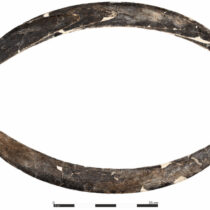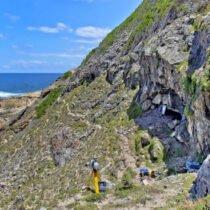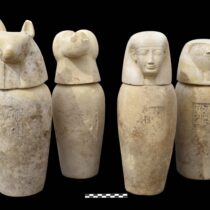A necessary prerequisite for approaching the socio-economic organization of human groups is the technological study of the archaeological reality.
The manufacturing of stone implements is a distinctive characteristic of man and it presupposes thought and abstractive ability, resulting from special nervous interconnections of the brain.
The Experimental Archaeology supports the research of Technology, Ethnography of Prehistory, as well as of Typology, and assists in the correct “reading” of the technical interventions that have been imprinted on chipped-stone artifacts, according to their succession.
However, the experimental working of the hard in substance, but easy-to-sculpt, flint stones, through a conchoidal knapping,
a. Contributes to the distinction between the intentional and the accidental, the easy and the difficult, the essential and the secondary, the natural, automatic product and the result of a conscious manufacturing.
b. Represents, a probably unique medium for the evaluation of the extend of influence that non-cultural parameters exercise on the formation of the “physiognomy” of certain stone artifacts.
c. Helps us to understand and interpret the behaviour, metal abilities, knowledge, cultural and social status and the economic spirit of the Prehistoric man.
d. Contributes to the discovery of various techniques that have been used for the reproduction of a certain method.
e. Contributes to the demystifying of the objects of a relevant exhibition, through the refutation of certain myths.
f. Helps us to better appreciate the circumstances under which certain artifacts nave been made. Finally,
g. Becomes an especially effective method, when it is demostrated in the framework of modern educational programs.
However, although the Greek archaeological data are most suitable for a relevant research, many stone-knapping techniques remain unknown as yet.


